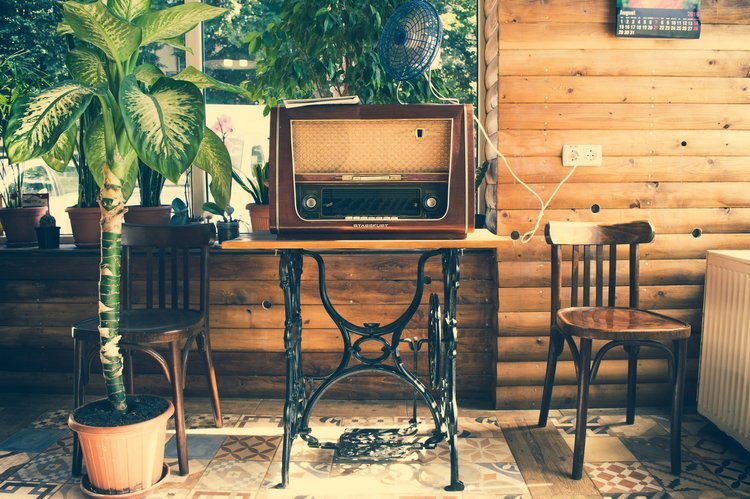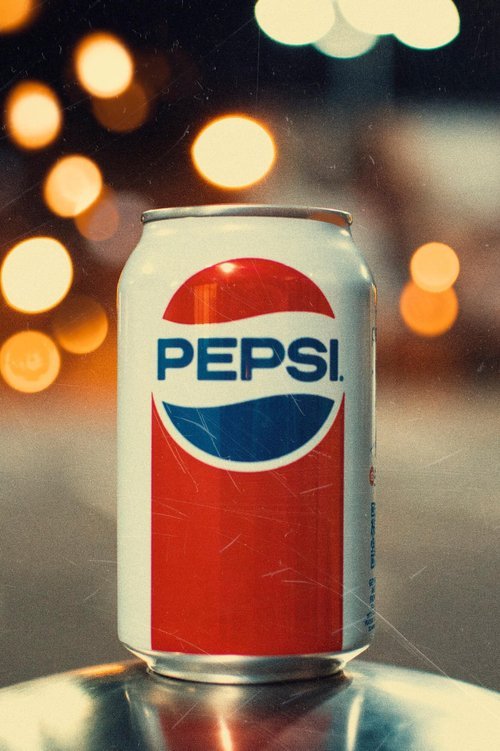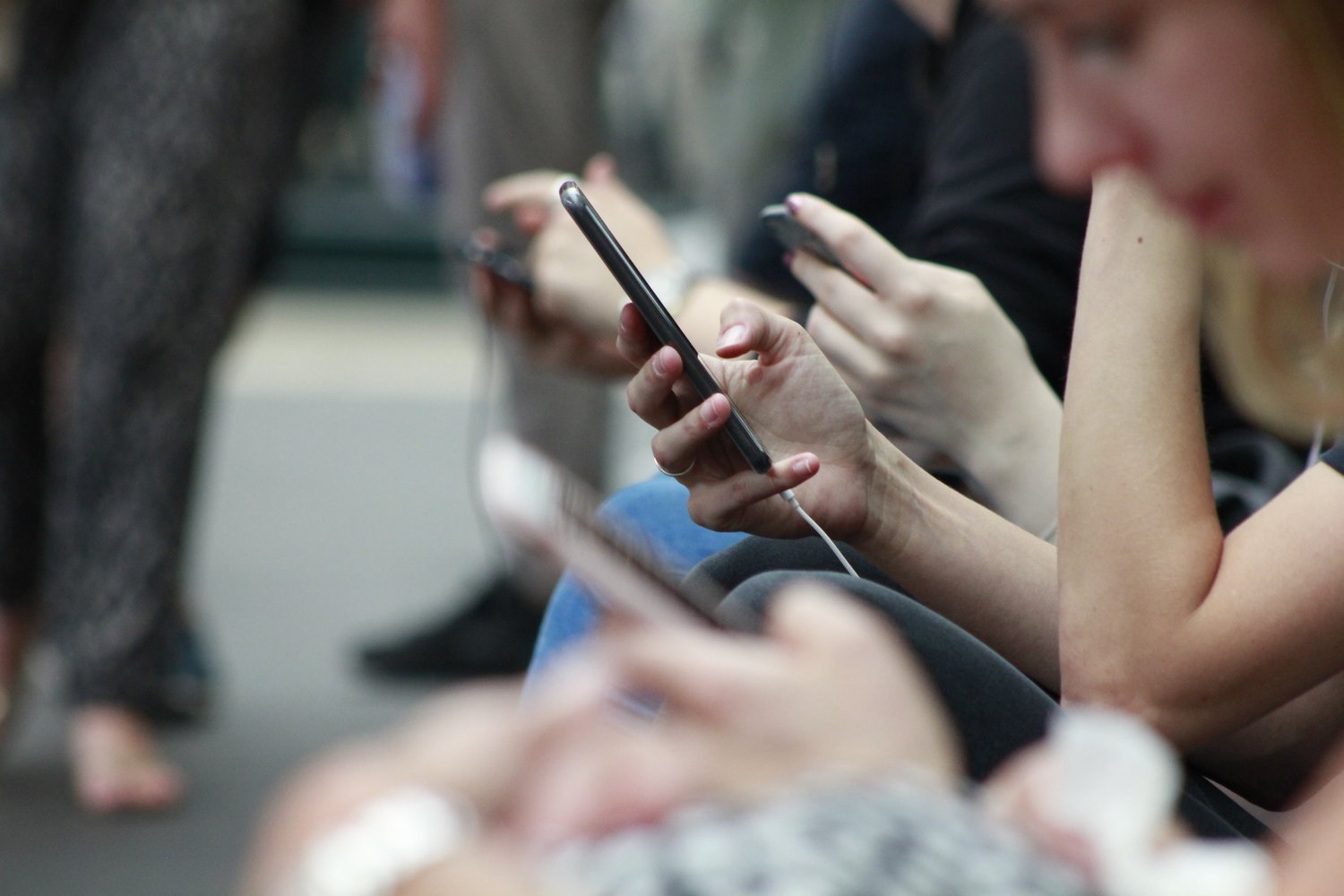What Is The Creator Economy?
What Is The Creator Economy?
The creator economy is, at a high level, the economic system that rewards content creators for contributing to society.
This idea has been around for a long time, but lately, we have seen significant shifts in perceiving and rewarding creativity.
The internet is a new frontier of creativity for individuals to experiment with. The creators who make up the creator economy have learned how to harness their creativity and find ways in which they can monetize it through various social media platforms like Facebook, Instagram, TikTok, and more. Many social media platforms are investing in monetization tools for their creators.
Let's talk about the history of the creator economy, who is involved in the creator economy, and how to connect with other creators.
The Creator Economy Is A Marketplace where creators offer their products or services and build a following who supports the creator.
Let's pause and briefly walk through history to understand better how we got to this creator economy.
The Industrial Revolution brought physical products to the market.
Let's use farming as an example. When the farmer produced enough corn and grain, they could trade the goods for things they didn't farm, such as baskets, pottery, or horseshoes. The craftsman who made the pottery, baskets, or horseshoes discovered they could hire people to make more of their things to sell.
Markets were created around these products and services. Then businesses were built around these markets.
After the Civil War
After the Civil War, newspapers re-established themselves and sold advertising. Advertising helped increase consumer demand for products and services and helped grow the consumer economy.
After WWII
After World War 2, the consumer economy took off. Manufacturing and production helped get America through the war and out of the Depression. Soldiers came home from war, and jobs were plentiful. Because they were suppressed during the war, Americans began to marry, have children, and consume at higher and higher rates.
The Consumer Economy kept growing.
Radio and television became part of the fabric of everyday life, with Advertising delivering the message of "Newer! Better! Faster!"
Businesses grew and turned into powerful brands. By the '80s and '90s, it was all about having "even better stuff - luxury stuff."
Some of these large brands spent millions of dollars getting in front of their audience on TV - Super Bowl ads being a prime example.
Before The Internet
Before the internet, attention was easy to capture because there wasn't much else on television. Everyone watched Prime Time TV or TGIF - Family Matters, Full House, Perfect Strangers, Home Improvement, Boy Meets World; you get the idea. Nostalgia at its finest!
And then, the internet happened.
And suddenly, the consumer's attention began to wander on to other things. They now had more choices, and their collective attention wasn't all in one place.
In the mid-2000, consumers wanted "stuff that matters to me." Have it YOUR way. Personalization.
The Consumer Economy Ushered In The Attention Economy
The Consumer Economy eventually turned into the Attention Economy that did just that - craved attention.
Attention is worth a lot of money! Just ask Facebook, Instagram, or Twitter. These "free" platforms turn your watch into cash by selling advertising.
However, the Attention Economy can see through advertising. It's not that they don't want to buy; they have money to spend! But they want to spend it with people, businesses, and brands they know and trust.
Monetization models rely on selling personal data rather than products or services, and communities feel fragmented because everyone has been "connected but not connected."
Enter the Creator Economy.
The Creator Economy is a new economic system where anyone can sell their time, talent, or skills directly to an audience.
Bringing People Together
When we have our basic needs met, the Creator Economy can help us find things that give us shared experiences, bring us together, laugh, and use money in ways we enjoy or make our lives easier.
The Creator Economy is not just for people who are creative by nature; it's for anyone who wants to take back their time, talents, and skills to manage what they do best.
In the old days, relationships were built face to face, but now people use screens. The internet has created a different way of connecting with people and consuming information.
The Great Resignation
When corporations begin focusing on making more money rather than investing in people, they lose trust and hurt the individual worker. Because of this, many have left their corporate job and have found fulfillment and sustainability using their talents and skills to connect with and serve an audience directly.
Just like we used the farmer as an example in the Industrial Revolution, let's find some examples of creators making a living in the Creator Economy.
Examples of the Creator Economy
Around the world, more than 50 million people think of themselves as a creator. Only a decade ago, the Creator Economy was born, and it has been growing exponentially. Currently, 29% of kids want to be YouTubers when they grow up in America.
Other aspiring jobs in the creator economy include being a podcaster, writer, video course creator, fitness instructor, virtual coach, personal shopper, live-stream gamer, etc.
Capitalists Seek Potential
The creator economy was first met with much scrutiny. It has been only recently that venture capitalists began seeing the potential of this economy. They are now investing in platforms that boost the creator's career and reach. More and more tools and apps are being created to help the creator thrive.
Patreon is an excellent example of a platform that serves the creator. Patreon is a crowdfunding site that allows creators to get paid every month. They charge a small fee, which helps them keep the lights on and build up their platform with features for all types of artists. Here are some top artists who make a full-time living through Patreon.
Crowdfunding has also ushered in a new era of creativity that was not possible before.
Individuals, not just big corporations, have funded campaigns. It's another way to connect directly with a creator and fund or support their creation.
The Social Media Influencers
The social media Influencer is an excellent example of a creator who uses their influence to make a profit by promoting brands, products, and services. The Influencer can be a blogger, an Instagramer, or YouTuber that is an expert in their field (or they claim to be). They grow a large audience and influence them to buy, for example, a specific type of shoes, makeup, or accessories, making more money the more people they reach. Influencers also seek brand deals to help monetize their following. Brand deals aren't always based on the number of followers an influencer has; they also look at the quality of the people following them.
Other Creator Platforms
Other Creator Economy platforms include sites like Teachable, Anchor, Medium, Outschool, and Spotify, to name a few.
The creator uses social media and different platforms to build their community, but caution: it's essential to make your community on your website or email list and not rely on third-party platforms. Why? If you build your entire audience on one platform, that platform could disappear the next day, and you've lost the connection to everyone that wants to connect with you. Or, that platform could begin charging for access to your community - those who've already said they want you to keep in touch (hello, Facebook. I'm lookin' at you here).
If you want to read a great article specifically about the creator economy with many recognizable examples, check out What Is The Creator Economy.
How To Network or Connect With Other Creators:
Creators are always looking for ways to connect with other creators so they can collaborate or create content together. Whether it's a follow on Instagram or just a DM, there are many different ways to network with others that share your interests and passions.
Tips for connecting with other creators:
Join an online community of like-minded individuals. Find a niche or two that you're interested in. There is already a massive community of creators connected based on a similar interest. You can join millions of Facebook groups but beware of spammy or grumpy conversations. It might take time to find a positive and uplifting community, but when you do, the connections and information you can get from them are gold.
Follow people who inspire you. Like and comment on their images or posts. Begin a conversation. Compliment them (everyone loves to be complimented! Be genuine.)
Direct Message other creators. Tell them what you love about their work, and offer to help if they ever need whatever it is that you provide.
Attend a conference or event. This has been limited to online meetings during COVID and is nothing like in-person conferences. As things open up again, in-person meetings and gatherings will be popular!
Create your event and invite others to attend.
Conclusion:
The internet is constantly evolving, and the return of a new local economy will be online. It's already online. We will see how businesses and individuals embrace the real and virtual worlds and make them a seamless experience.
The Creator Economy is already happening. We need to look for it and see how we can make it better ourselves together. The creator economy connects with people as creators, not numbers or sales data. It's the difference between seeing a product and understanding its maker. It will help bring the authentic human connection we crave.
Don't quit your day job just yet.
If you're considering the path of a creator, don't quit your day job just yet. Take time to dive deep into your passion and figure out how to share it with the world. Find out what it means to serve your audience - not for money - for human connection.
It's going to be a lot of work. Let me repeat that: it's going to be a lot of work, and it might take you years to figure it all out. Nothing comes easy. Nothing is free. Take time to discover your talents and gifts. Be kind and generous. Make a fantastic product or provide an incredible service that solves a problem for a specific person, then serve them as best possible.
Kevin Kelly explained you need only 1,000 true fans. One thousand people out of the billions of people who trust you and believe in you. They will buy your creations, be nice to you for free and maybe even work as volunteers.
The Creator Economy is not just about artists or small businesses. It's about all of us who want to find the best way to serve our audience at this particular time in history.
Resources:
If you'd like to continue reading more about the creator economy, also check out these articles:
The Creator Economy, NFTs, And Marketing
A Brief History of Advertising in America
From the Fizzle Show Podcast - The Golden Age of Creators with Barrett Brooks
Link your great work below!
I'd love for a chance to connect with more creators who own businesses that earn money from their own websites. Do you create music or digital content of some sort? How do YOU network with top creators in your niche? I'd love to hear all about your creative endeavors!
When individual creators come together, they help each other reach a sustainable income that provides for their families and gives them more freedom with how they invest their most precious resource: time.











